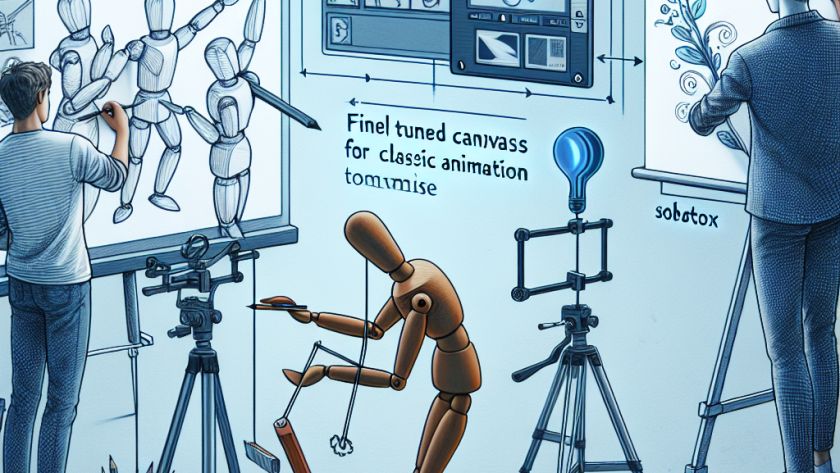MIT researchers have developed a technique that could revolutionize the animation industry by giving artists more flexibility in how they animate characters. Instead of sticking to a single conventional measurements or mathematical functions called barycentric coordinates, the new method allows the artist to experiment with different movements and expressions, specific to each individual animation. This…



